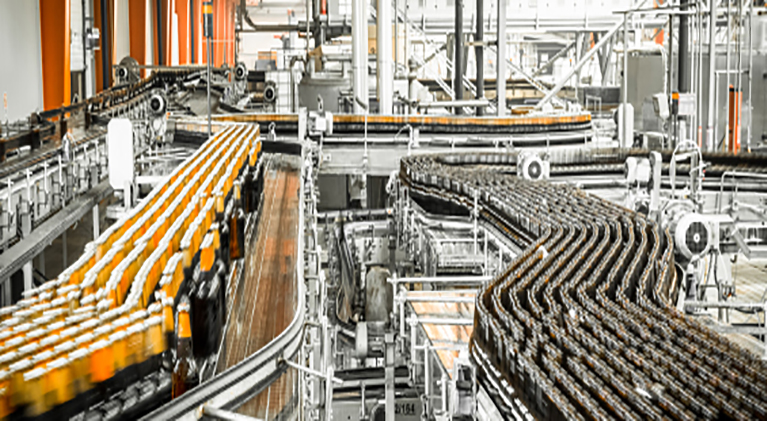The future includes HPP, and a giant helping of technology, GMOs and a dynamic distribution system presented by new players like Amazon. This foretells new processes and new regulatory requirements, which will cause major changes in the food sector in the coming year. While change always presents challenges, it can foster opportunity as well.
Juice up your production with IoT
As the Internet of Things (IoT) becomes more robust, industrial processing machines will diagnose internal problems, order scheduled maintenance and request replacement parts from the manufacturer. This could mean less downtime and more productivity.
Blockchain technology will impact the way food delivery systems work, improving accountability and food safety as well as reducing waste and saving money.
Changes in food regulation
Food regulation is in a state of flux with some FDA/USDA rules being delayed or modified. With food safety always at the forefront of consumers’ minds, we can expect new rules and regulations to coincide with the implementation of new technology.
And we can expect that new technology to positively impact food safety as it increases our ability to track food from source to consumer and as well as help mitigate problems along the supply route.
Distribution gets a shake-up
Speaking of supply routes, big players like Amazon are getting into the food business, bringing their tech-centric approach to the game. Groceries are ordered online and delivered to right to our doorstep while grocery stores like Kroger are battling back with curbside pick-up, meals-to-go and in-store restaurants.
The use of genetically modified organisms (GMOs) and gene editing technology is growing by leaps and bounds and wary consumers must decide what their comfort level is when it comes to the alteration of their food. Will consumer desire drive regulation in this arena or vice versa?
New production methods
And how will consumers respond to meat that is grown in labs and insect farming for protein and nutrition? Will vertical year-round hydroponic farming impact how we grow fruits and vegetables and will these products soon be making it to the average dinner table on a regular basis?
One thing not expected to change is consumers’ demand for cleaner labels, shorter ingredients lists and foods without chemical additives and preservatives. The popularity of high pressure processing to achieve those clean labels continues to experience phenomenal growth as more and more companies adopt the technology.

